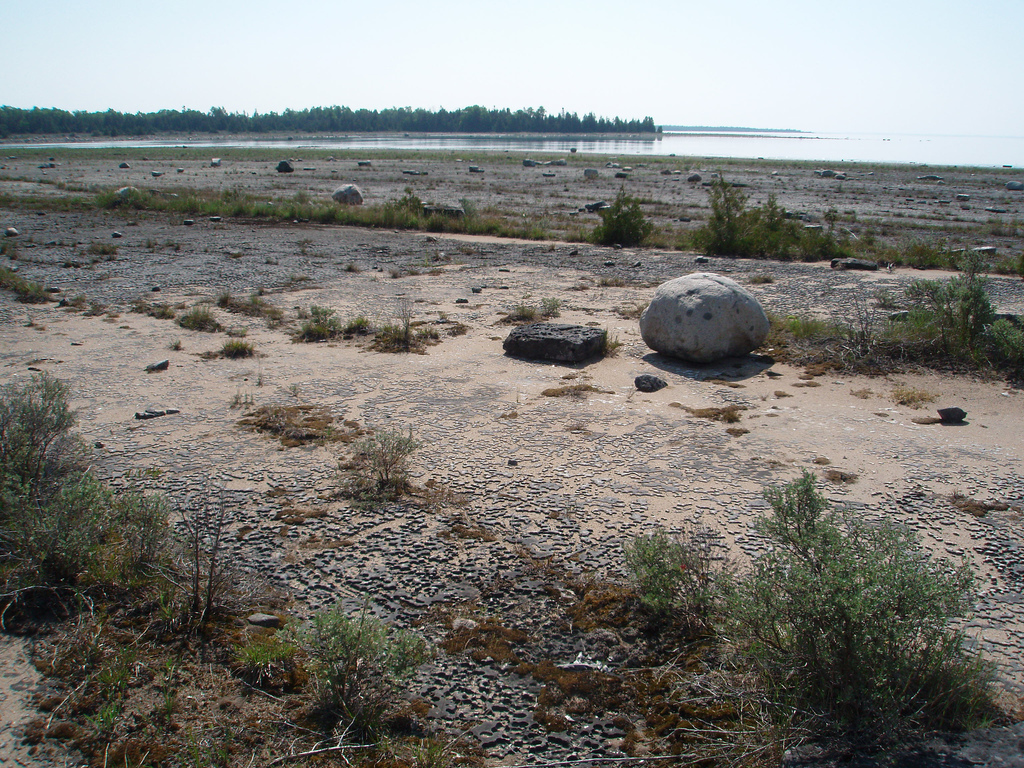
Criteria for 'Red List' of Endangered Ecosystems Released

With many of the world's ecosystems threatened or endangered by human activities like logging and urbanization, the International Union for Conservation of Nature (IUCN) published its criteria for a new "Red List" of endangered ecosystems today (May 8) in the journal PLOS ONE.
The list, which measures an ecosystem's risk of collapse, will be similar to the group's authoritative Red List of Endangered Species, which created internationally accepted criteria for assessing extinction risk.
"The Red Lists for species and ecosystems will together provide a more comprehensive view of the status of the environment and its biodiversity than either can on its own," said lead study author David Keith, a professor at the University of New South Wales in Australia.
"The Ecosystem Red List focuses on a high level of biodiversity, the habitats for species, as well as their interactions and dependencies, including food webs,” Keith told OurAmazingPlanet in an email interview. “These are difficult or impossible to address in Red List assessments of individual species, but very important for the functioning of ecosystems and the services that they provide to support our standards of living."
Through 20 case studies, Keith and an international team of biologists and conservationists designed criteria that could assess the health of all of Earth's varied ecosystems, from spring-fed limestone caves to sparkling coral reefs.
"This is really a unifying framework," said study co-author Richard Kingsford, also a professor at the University of New South Wales. "The most important thing here, from my point of view, is providing evidence that pushes governments to do things to protect these magnificent parts of the world."
Of the ecosystems examined in the case studies, the most endangered site was the Aral Sea. Drained by a massive irrigation project and further devastated by drought and pollution, the inland sea's ecosystem has collapsed — the equivalent of species extinction, the study concludes.The rest of the ecosystem threat categories mirror those for species: critically endangered, endangered, vulnerable and least concern.
Sign up for the Live Science daily newsletter now
Get the world’s most fascinating discoveries delivered straight to your inbox.
North American ecosystems appearing in the case studies included Alaska's giant kelp forests; the Great Lakes' rare Alvar beaches, a legacy of glaciers grinding across the landscape; and Caribbean coral reefs.
The IUCN group that developed the Red List of Ecosystems criteria plans to formally propose the framework to IUCN leadership this year. Funding is in place for listing ecosystems in the Americas, and the organization hopes to have a global list in place by 2025.
Development of ecosystem and species Green Lists are also underway — the carrot to the Red Lists' stick — to help the IUCN promote conservation by rewarding successes.
Here are the 20 case studies published today, from most to least endangered, with the ecosystem type noted if available.
- Aral Sea — Uzbekistan and Kazakhstan: freshwater, collapsed
- Raised bogs — Germany: critically endangered
- Gonakier forests — Senegal River floodplain: freshwater, critically endangered
- Cape Sand Flats — Fynbos, South Africa: terrestrial, critically endangered
- Coorong lagoons — Australia: freshwater/marine, critically endangered
- Karst rising springs — Southern Australia: freshwater, critically endangered
- Coastal sandstone upland swamps — Australia: freshwater, endangered/critically endangered
- Swamps, marshes and lakes in the Murray-Darling Basin — Australia: freshwater, endangered/critically endangered
- Giant kelp forests — Alaska: marine, endangered/critically endangered
- Caribbean coral reefs — Caribbean: marine, endangered/critically endangered
- Seagrass meadows — Southern Australia: marine, endangered-critically endangered
- German tamarisk pioneer vegetation — Europe: freshwater, endangered
- Coolibah-Black Box woodland — Australia: freshwater/terrestrial, endangered
- Tapia forest — Madagascar: terrestrial, endangered
- Semi-evergreen vine thicket — Australia: terrestrial, endangered
- Great Lakes Alvars — United States and Canada: terrestrial, vulnerable/endangered
- Reed beds — Europe: freshwater, vulnerable
- Floodplain ecosystem of river red gum and black box — southeastern Australia: freshwater, vulnerable
- Tepui shrubland - Venezuela: terrestrial, least concern
- Granite gravel fields and sand plains - New Zealand: terrestrial, least concern
Email Becky Oskin or follow her @beckyoskin. Follow us @OAPlanet, Facebook & Google+. Original article on LiveScience's OurAmazingPlanet.











